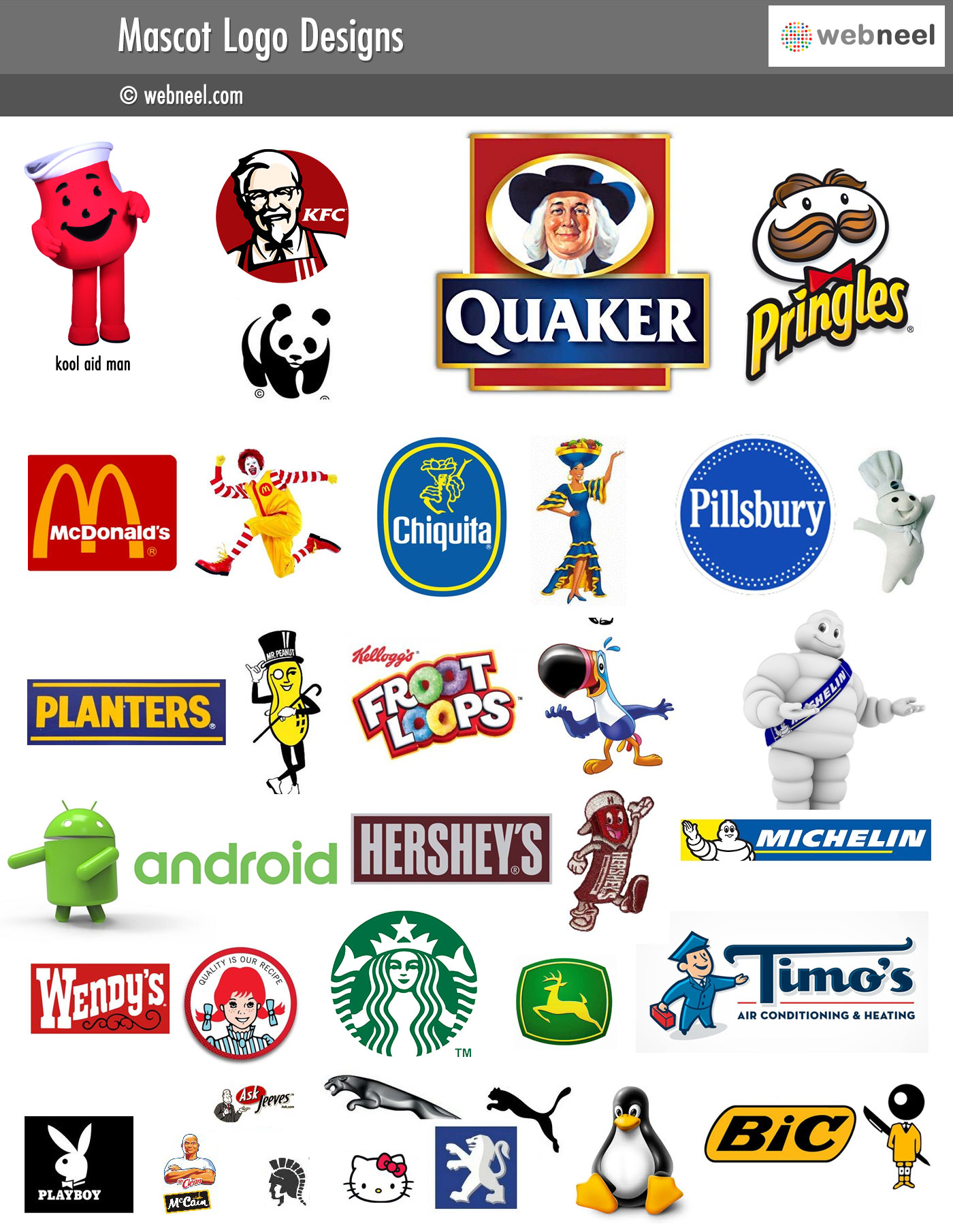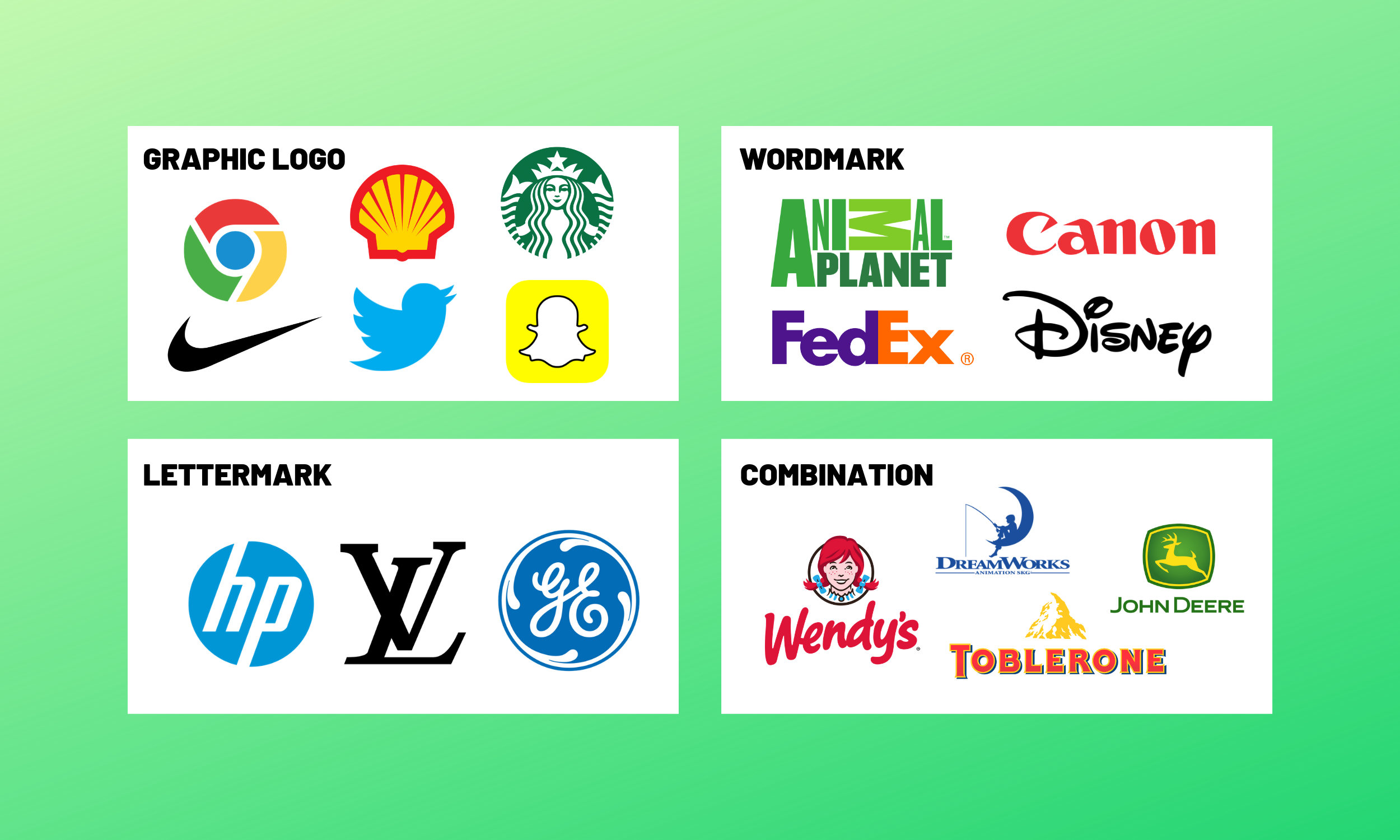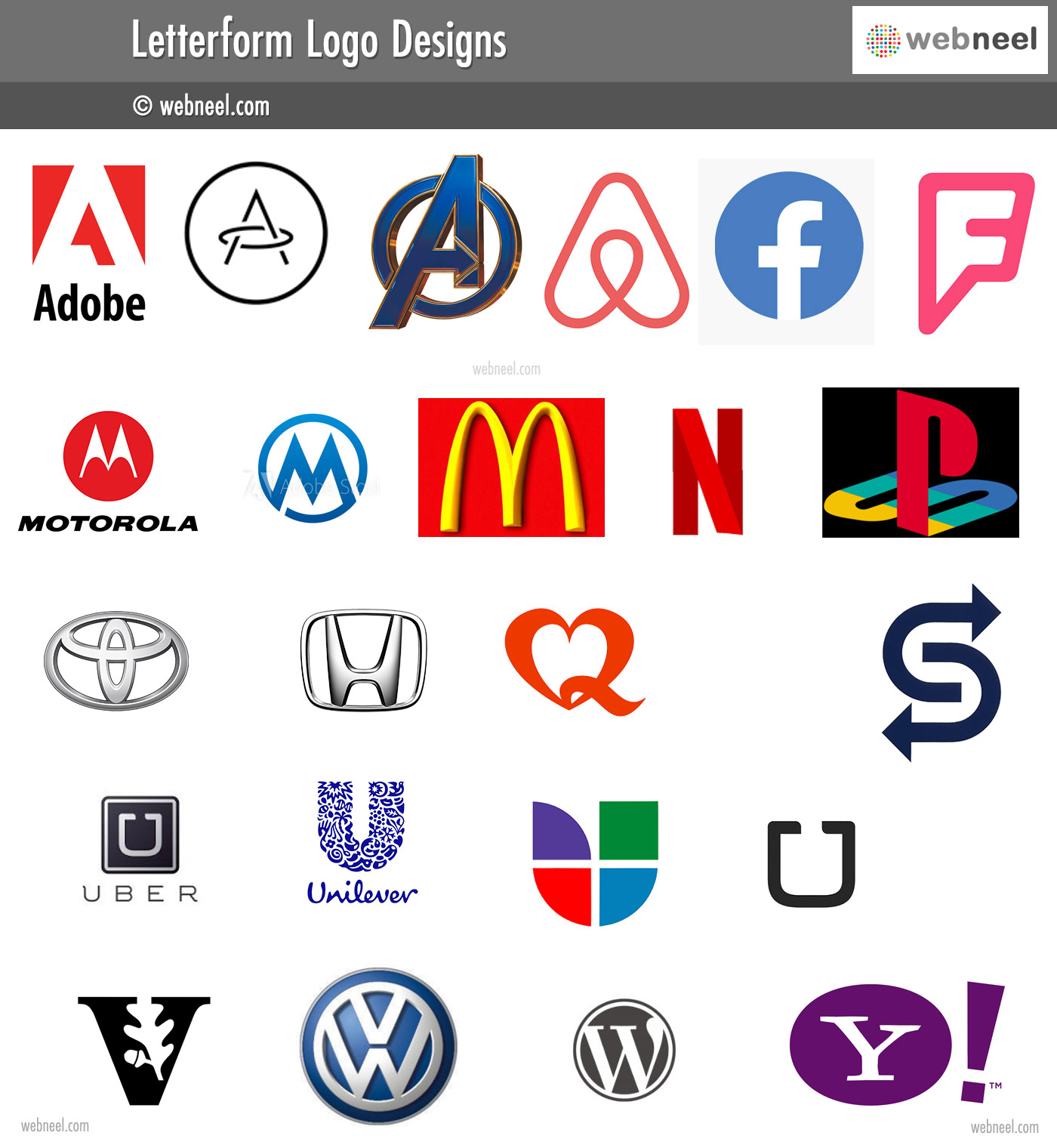
If your company’s name isn’t short, you’ll want to explore a monogram (or lettermark) logo or logo variation.Ī monogram logo contains one to four letters, most commonly a company’s initials or first letter. It’s common for companies to shorten their wordmark logo into an initial or monogram (think of Facebook, which uses its famous F in most of its applications). The nice thing about wordmark logos is that they’re easy to apply across mediums, and they boost name recognition by being clean and uncomplicated. The style of the words elicit meaning and evoke the personality of the brand, whether that’s playful, artistic, educational, or serious. Think of famous examples like Coca-Cola, Google, and The New York Times.īut even without imagery, there’s plenty of room for artistic flair when it comes to choosing the typeface, color, character features, spacing, and shapes. Without symbols or illustrations, typography becomes the centerpiece, and the stylized company name becomes a visual landmark of the brand. If a company name has two words, they can be stacked to save space. It’s more common for companies with short names to opt for a wordmark logo design (one word or hyphenated/combination names are ideal). The text-only treatment hinges on the name of the company. The most classic and pure form of a logo is the wordmark, sometimes referred to as a logotype. With that, let’s get into each type of logo in more detail. “Most of the time, logos operate on a sliding scale between the purely verbal and the purely visual: a word with a letter that makes a visual pun, for example, or a symbol containing a company name,” –Michael Evamy, author of Logo: The Reference Guide to Symbols and Logotypes. One style might work better for you over others, depending on a variety of factors: the length of your company’s name, your industry, and your potential customers.Įach type of logo can serve a different purpose, but certain styles have surged in popularity in recent years, especially with more businesses operating exclusively online. Within the two overarching categories, there are five main types of logos, each with its own strengths and unique design characteristics.

It’s worth taking the time to consider what type of logo you want before designing it, so read on to help determine what logotype is the best for your brand.While a logo is only one part of the larger branding picture, having an idea of what you want before going down the design path will ensure you’re creating something that serves you, your business, and your target audience.

There are nine categories of logos, and each type has unique advantages and disadvantages depending on the type of business you have and the message you want to convey to your consumers. The importance of a brand identity is undeniable, and it starts with a logo. A great identifying attribute will create a connection between you and a consumer so that your products/services are recognised no matter where they’re found. Consumer behaviour is changing at a rapid pace and a brand identity solidifies a company’s appearance – it’s essentially the vehicle that communicates with its market.

A single identity will ensure that no matter where your products or services are being sold, they are being recognised. Companies that work across the world with many different destinations for their products and services need a brand to demonstrate coherence across everything they produce.

A brand identity will bring employees closer together to make them feel like they belong in a team, or even a family. In a globalised environment, perceptions such as trust, quality, reliability, productivity, and many more attributes, are conveyed through symbols rather than words.


 0 kommentar(er)
0 kommentar(er)
